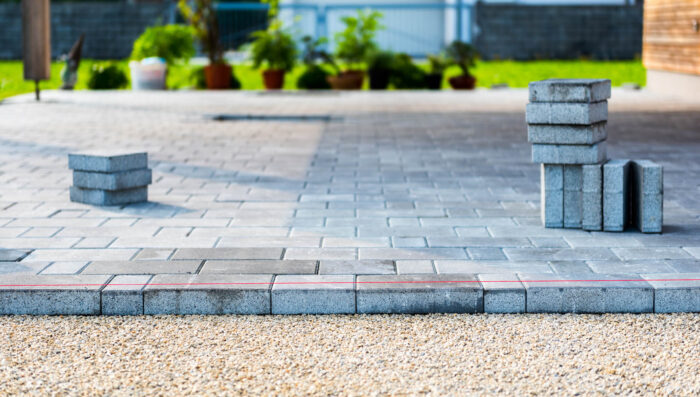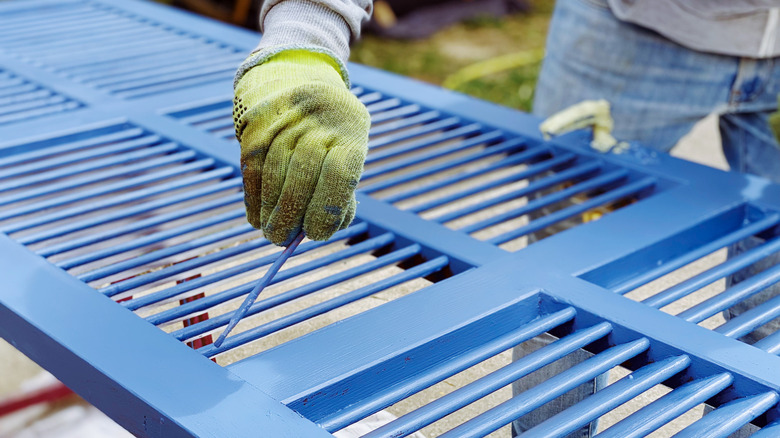A heating system is absolutely necessary in every home, especially those situated on the Northern Hemisphere. In these places, winter can be really harsh, bringing on mountains of snow on the roads and on your driveway.
A snow laden path is slippery and dangerous; you don’t want them accumulating anywhere your vehicle or yourself pass through. Keeping your walkways and driveways secure means endless shoveling. Using snowblowers is another means. That is, unless you have a heating system installed in these important passages.
Whether living in the northern part of the world or in places where snowing is a staple, a heated driveway could help you get rid of safety concerns and heavy work.
Here are the main reasons why you should consider having a heated driveway in your property:
1. Eliminates Safety Risks Attributed to Clearing Snow
The most compelling reason for considering a heated driveway installation is that it keeps you safe from accidents and health problems attached with clearing snow. Pathways can be very slippery, making you at risk of having a life-threatening slip-and-fall accident as well as frostbite from staying under extremely cold temperatures for long periods.
With a heating system installed, you no longer have to shovel for long hours or wait for your neighbors to clean them for you for a fee.
2. Avoids Potential Damages
Apart from saving on costs in hiring professionals or your handyworker to clean accumulated snow, a heated driveway removes the possibility of physically damaging your pavement when using shovels.
Before the winter season, government trucks dump voluminous levels of salt on the major thoroughfares to significantly reduce the snow’s freezing. You can use this trick in your home and use salt or any deicer, focusing on the area that leads to your garage door.
Doing this, however, will risk damaging your plants. Unbeknownst to many, salt can be highly damaging when kept in contact with your vehicle’s under chassis. Deicers can also be highly toxic to children and pets, and keeping one at home can be highly perilous.
Ensuring your heating system is installed and located in a place like this will also help ensure it doesn’t experience power outputs, which can be especially inconvenient during the winter months. In fact, having no power to your boiler is not only inconvenient but can be incredibly expensive to repair.
3. Preserves Your Property
Besides potentially damaging your plants, extremely low temperatures can wreak havoc on your driveway’s surface. When ice melts on your driveway, it can cause the surface to crack, peel or pop out. You won’t have any of these problems with a heated driveway, being that temperatures are kept well above freezing temperatures.
With less problems in your passage ways, the structural integrity of your home, whether inside or out, is preserved.

4. Improves Your Home and Increases Its Value
Every costly home improvement is a sure-fire way to add value to your home, including a heated pathway. Most homeowners will consider it an asset or a must-have. That being said, if you’re planning to sell your property with this added feature, it may command higher prices and will be highly sought after in the market.
Because it doesn’t pose any risk to your plants and professionally done landscape, your well-maintained yard can add up to your home’s market value, too.
5. May Save You Costs
When done by reliable and competent professionals, a heating system installation in your driveway can last for about 20 years. The key is to ensure that the system was built upon ground surfaces devoid of sharp stones as it can puncture the polyvinyl chloride (PVC) element of the installation.
While installations costs may be expensive, ranging from USD$3,000 to USD$5,000 for a small driveway, it may still be the cheaper long-term solution. There’s a wide-range of options available based on the size of your pathway and the control features you want included. One example of a feature is an automatic sensor that immediately activates heating even before the snow managed to fall on the ground. This increases the system’s energy efficiency. You don’t need any surprises when receiving your electricity bill.
Comparatively, an hourly rate for clearing snow on you driveway can cost you from USD$25 up to USD$75. Multiply this to the number of hours a cleaner has to spend shoveling ice deposits and the number of times you have to do it in, say, 15 years. You get the picture.
6. Gives You Peace of Mind
You can’t attach a price tag on peace of mind, right? With this snow removal system, you can rest assured that you and your guests won’t have any problems walking to and from your property despite heavy snowfall. Having this system also exposes you to zero risk of being sued for negligence by a neighbor or visitors who accidentally slip, fall and get hurt on those slippery and icy driveways.
7. Doesn’t Need Maintenance
Another great thing about having an ice melting system in your driveway is that it’s maintenance-free, if done by competent contractors. This means you won’t have to use shovels and blow torches to get rid of snow and ice. Additionally, unlike your plumbing and HVAC (heating, ventilation, and air conditioning) systems, a heated driveway doesn’t need periodic or preventive maintenance check-ups.
If any, you may have to spend a few hundred dollars for mechanical problems like damaged PVC or burnt wire.
How Do Heated Driveway Systems Work?
A heated driveway is classified by two major categories based on how heat is generated. There’s radiant heat and hydronic systems. The former is more commonly used and uses metal coils to heat the flooring. The latter, called a hydroponics system, relies on a boiler and tubes to keep everything going. At the onset of the snowy weather, antifreeze and heated water are transported toward the tubes that heat the surface. A radiant heat flooring uses electricity to run, while a hydroponics system uses boiler to heat the water.
The system is placed under a finished flooring, most likely concrete, pavement, and pavers. Most systems come with remote controls that you can activate, although some come with an automated sensor, as earlier mentioned. Between the two, the pricier automatic sensor is more efficient, while manual controllers are great for warming your patios and other spaces.
In some cases, you may not need to have a new driveway to go with your heated flooring, as tubes can be placed in your current pathways. If you decide to go this road, you’ll pay lower prices but may not enjoy the warranties afforded to a complete installation.
The Bottom Line
Having a heated driveway installed in your property is a costly necessity, especially if you reside in a snowy area. But not only will it make your life more convenient, it can also keep your family safe and your property in good condition.
If you’re considering having a heated driveway installed in your home, consider bookmarking this article for a later review.
Related links: burnham furnace






